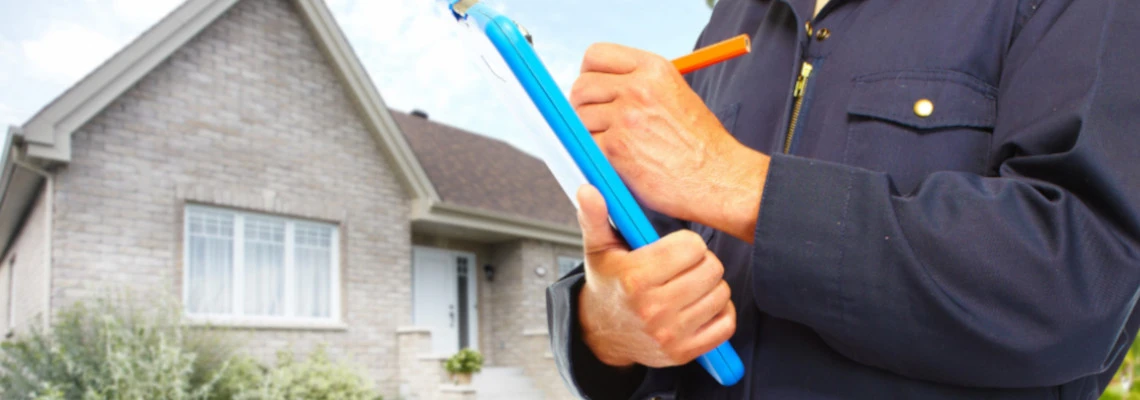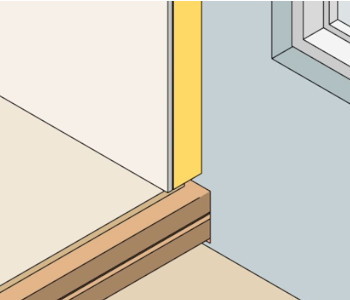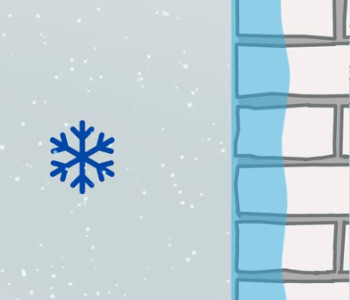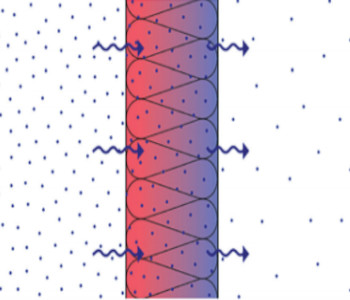
Does internal wall insulation make any sense?*
Many of UK buildings have great architectural and cultural value. Especially the detailing of facades gives the architectural character. Heating UK historic buildings accounts for a significent part of the energy consumtion. It's expensive and results in a large CO2 emission. Insulation of these buildings will reduce heating expenses and lower the CO2 emission.
Thease days, insulation is one of the best ways at protecting yourself against energy price rises. It is worth underlining that building can be insulated either externally or internally.
Listed Building or conservation area restrictions may prevent insulation from being installed externally. In this article, we will focus on internal insulation. However, you can find our external solid wall insulation system here.
First things first, internal wall insulation is generally only a route to consider for certain homes. Solid wall homes made from solid stone or brick, usually built before the 20th century tend to be the main candidates for this type of insulation.
Internal solid wall insulation is particularly appropriate where you need to maintain the external appearance of the building. External insulation covers the facade and hides the architectural details.Technically this is a good solution.
If the building is insulated internally, the historic details of the facade are preserved. But technically this is a risky solution.
Why is internal insulation risky?
Internal insulation means more severe thermal bridges.
One of the results is that beams ends in the facade become colder. This can result in the deterioration of wooden beam-ends in the facade.

Without internal insulation, the original wall will have the room temperature on the inner surface. If the wall is insulated internally, the inner side of the existing wall will be cold-when is cold outside, as the heat through the wall is reduced.

A cold inner surface of the original wall can cause problems if moisture from the warm, moist indoor air passes through the internal insulation and condensates on the wall. If there is a high moisture level somewhere, typically between the existing wall and the internal insulation, there's also risk of mould growth. This can cause spalling of the facade when it’s freezing outside and gradually degrade the wall.

One way of managing the problem is to install a separate vapour barrier. It prevents the warm, moist indoor air from penetrating the insulation.
Another one is to install an insulation material that is vapour tight.
We can use a two-in-one solution to provide insulation and a continuous vapour layer.
Either 15mm Xtratherm PIR Rigid Board or 12mm Celotex PIR Rigid Board.
Both polyisocyanurate sheets provide aluminium facings on both sides.
This type of thermal insulation foam board incorporates an integral vapour control barrier, which helps to reduce the risk of condensation.
Xtratherm Thin-R has excellent thermal bridging details, thus reducing heat loss and saving money on energy bills.
Yet another way of managing the problem is to use an insulation material, that's open for vapour diffusion and enables capillary suction.


If the inner surface of the existing wall gets wet, the moisture will be transpored through the insulation material to the indoor air. A vapour barrier should be avoided in this case.
A reduced heat flow trough the wall, also presents other challenges. A decreasing heat flow causes the original wall to grow cold, when the weather outside is cold. This means that it will take longer for the wall to dry.
Internal isulation isn't an easy task
The more you insulate, the more it becomes important to ensure correct ventilation levels to keep the indoor air quality good.
One word of caution about a decently insulating your insides-where you don't have cavities in your wall, you shouldn't adhesively bond becouse of the risk of moisture penetration from outside. In this situation you should always mechnically fix wodden battens and screw insulated plasterboard to the battens. You should always fallow manuracurer's guidlines for your own piece of mine but also becouse if your wall system does fail becouse of moisture penetration you only got yourself to blame.
If you insulating more then 50% of the walls of the room you need Building Regulation approval
Yes, Building Control wants to ensure that your walls are insulated to an acceptable level and that's where u-value come into play.

Looking at recomended U-values for England, you see that for new builds the value requirement is lover 0.16. If you look at "Existing buildings", you notice that for refurbisment project you need to pass magic point of 0.3.

Looking at example of Kingspan K118 U-value for solid wall with no isulation you want to be looking at a minimum of the foam element of the plasterboard of 50mm.
Don't use insulated plasterboard to insulate damp!!
Yes! It is gypsum based product. If you use it, you are going to give yourself a lot of problems down the line. Don't use it in continuously damp or humid conditions and don't use it where there is risk of moisture penetration.
Internal insulation is generally cheaper to install than external wall insulation.
Hovewer, it will slightly reduce the floor area of any rooms in which it is applied (the thickness of the insulation is around (50-100mm).
Insulating internally can be quite disruptive. It requires skirting boards, door frames to be removed and reattached.
Internal wall insulation is done by fitting rigid insulation boards to the wall, or by building a stud wall filled in with insulation material such as mineral wool fibre.
*All the information provided in the content published on Insulationgo blog is for informational and educational purposes only. Insulationgo LTD makes every effort to ensure the accuracy and timeliness of the content, but we do not assume any responsibility for any errors or omissions.
The information presented on this blog should not be considered as professional advice or a substitute for consulting relevant experts. Before making any purchase decisions or taking action based on the information presented here, it is strongly recommended to contact the product manufacturer directly to verify the details and ensure its suitability for your specific needs.
By using this blog, you acknowledge and agree that Insulationgo LTD shall not be held liable for any damages, losses, or inconveniences arising from the use or reliance on the information provided herein. This limitation of liability applies to all users of the blog, including but not limited to visitors, readers, and subscribers.










































































































